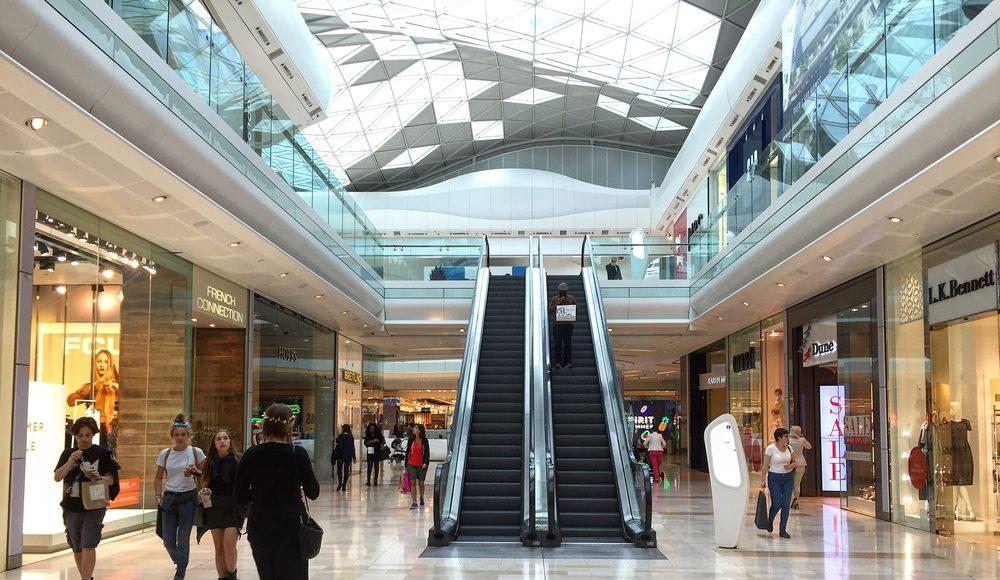UK inflation rate fell from 0.7% to 0.3% in November amid Black Friday sales.
New figures from the Office for National Statistics (ONS) showed the dip in inflation rate and said it was due to retailers slashing the prices of clothing and footwear throughout the second wave of the pandemic.
Whilst spending and prices would usually see an increase in the run-up to Christmas, retailers slashed prices in an attempt to clear stock before a second lockdown.
Jonathan Athow, ONS deputy national statistician, said: “With significant restrictions in place across the UK, inflation slowed, predominantly due to clothing and food prices. Also, after several months of buoyant growth, second-hand car prices fell back a little.”
Food and drink prices fell at their fastest rate since 2017, however the inflation rate was partly offset by ising prices for games, toys and hobbies.
Ruth Gregory is a senior UK economist at Capital Economics. She commented on the inflation rate:
“What we hadn’t anticipated was the slump in food inflation from 0.6% to -0.6%, which came despite the boost to demand for food in the supermarkets during the second Covid-19 lockdown.”
“This does not change the big picture that inflation will start to rise more sharply from April when the temporary VAT cut for the hospitality sector is reversed and the downward drag from the previous plunge in fuel prices drops out of the annual comparison.
“Together these forces could lift inflation to 2% by the middle of next year. But given there will still be some spare capacity in the economy, there seems little danger of inflation rising sustainably above the 2% target unless there is a no-deal Brexit,” she added.
The pandemic has changed the way we are spending our money. Figures from the British Retail Consortium have shown that whilst people are spending more amid the second wave, it is less on the highstreet and more online.

